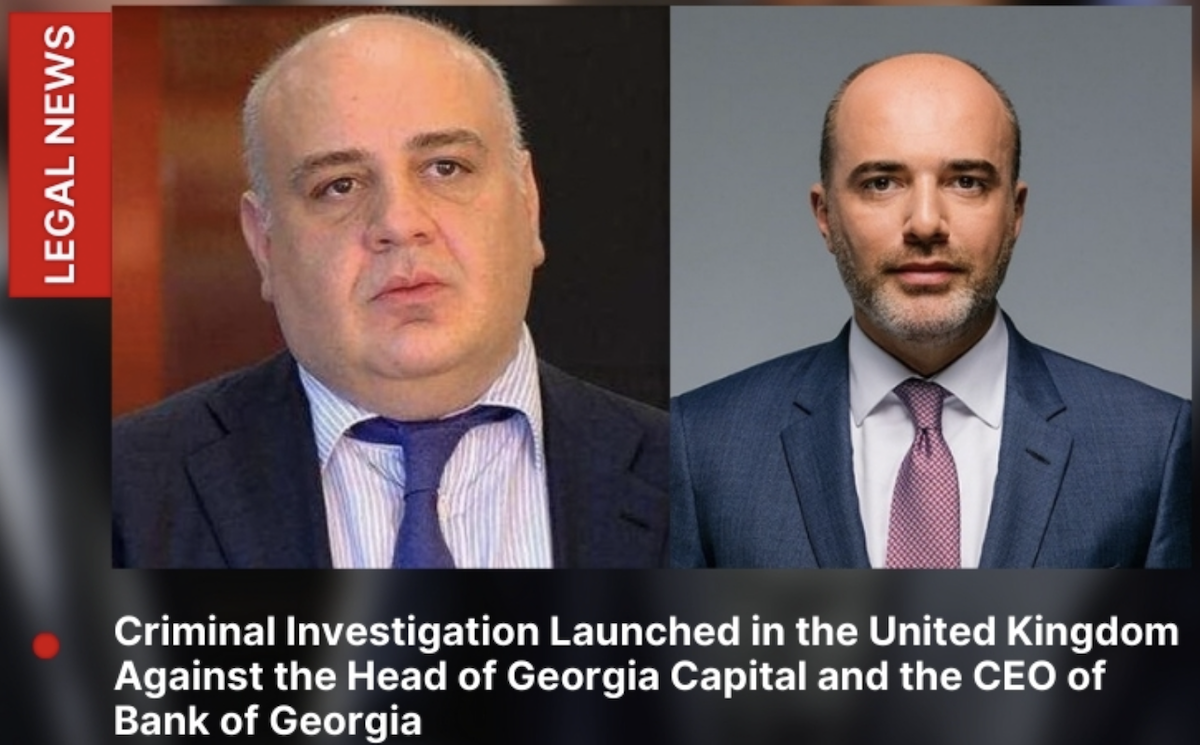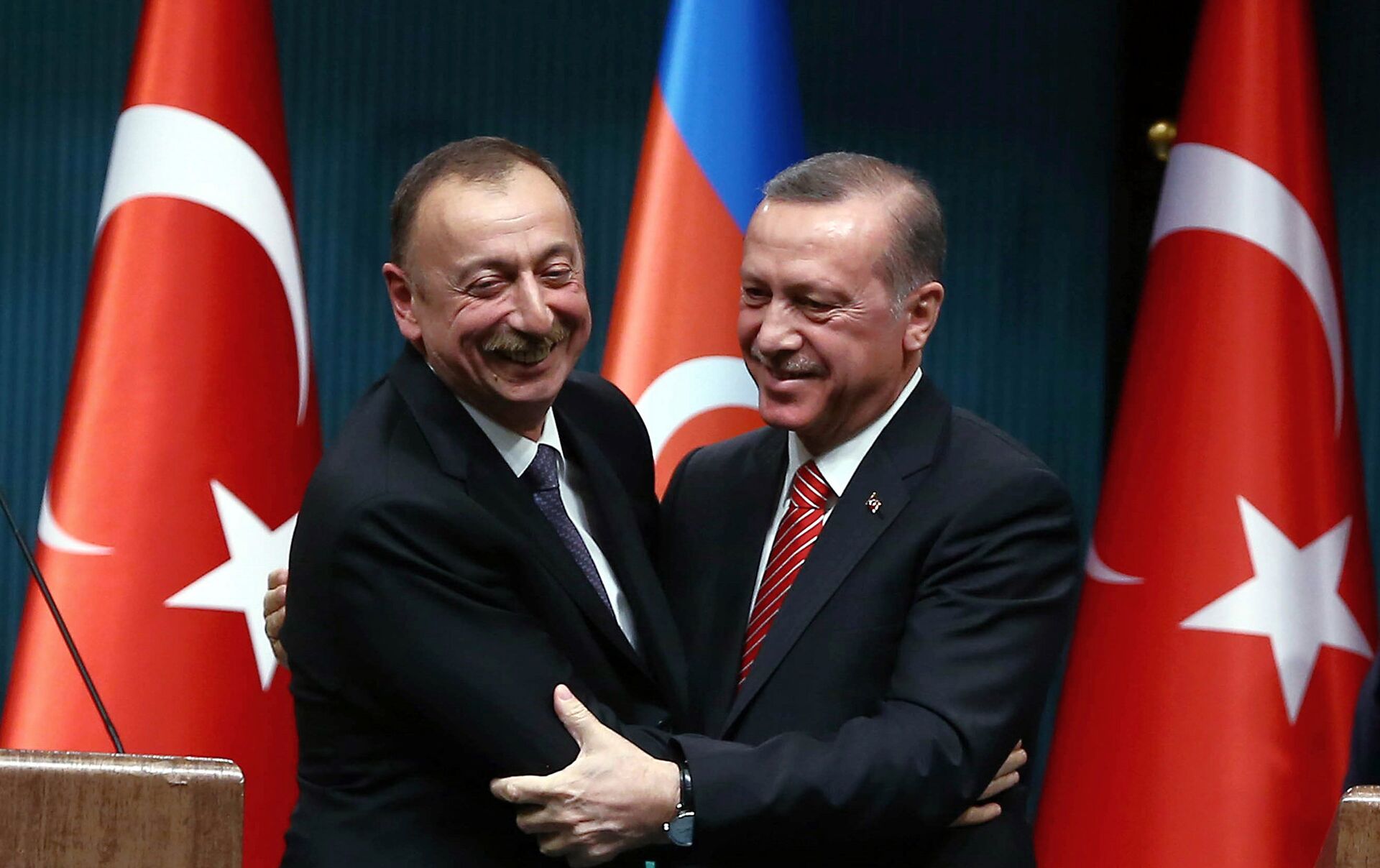Road through the Rikoti Pass in Georgia closed again. What's wrong with the "project of the century"?
The road through the Rikoti pass
The section of the Rikoti Pass of the highway connecting eastern and western Georgia is closed again, the second time in the past ten days this strategically important highway has been closed.
The Road Administration cites safety reasons, namely rock-slides nearby. A statement reads that the road must first be cleared and then reopened, but only under special conditions.
This has been in effect since April 8 and means that cars will be able to pass through the Rikoti Pass from 7 am to 7 pm. From 7pm and 6am trucks will drive along the road, and cars cannot stop at the pass — they must drive through the entire section without stopping and under the supervision of a patrol.
From March 30 to April 8, the road through the Rikoti Pass was completely blocked due to a landslide that damaged the newly built tunnel. All week long people have been posting photos and videos on social media of themselves stuck in traffic for hours on a destroyed bypass road.
EIn February, people got stuck on the Rikoti Pass due to some light snowfall.
Why is the road through the Rikoti Pass important?
The road through the Rikoti Pass is of strategic importance for Georgia. This highway connects the eastern and western parts of the country, and performs an important transit function — trucks are transporting goods from the Turkish border or from the port of Poti towards eastern Georgia.
The Georgian government states that developing the country’s transit role is one of its top priorities. Therefore millions and billions of lari are spent on the construction of roads.
That is why in 2018 they started talking about the large-scale construction of the road through the Rikoti Pass as an integral part of the East-West highway.
The East-West Highway, or the European Transit Road E-60, is the second largest European transit corridor, which starts in Brest (France) and ends in Irkestam (Kyrgyzstan).
In Georgia the E-60 starts near the border with Azerbaijan and ends near Poti. The length of the corridor in Georgia is 392 kilometers.
“Our section is the most important,” Georgian Prime Minister Irakli Garibashvili said in 2021, adding that after this road is completed, “we will get from Tbilisi to Batumi in three hours.” [Now the journey takes about 6-6.5 hours_JAMnews]
The construction of the road through Rikoti began in 2019.
The government is proud that “the construction of the road section through the Rikoti Pass is the project of the century, which is carried out on the most difficult geographical route and with the most complex engineering structures.” The authorities also say that a project of this magnitude has not yet been undertaken in the Transcaucasus.
“This is a section connecting Europe with China through Georgia, and the timely completion of this road is of great global international importance, because this road will bring great economic income to the region, the country and the people of this region,” Garibashvili’s predecessor, former Prime Minister Giorgi Gakharia, said in 2020.
The new road through the Rikoti Pass should double the capacity of this highway. According to the Department of Roads, if the current speed on the pass is 60 km / h, then after the completion of construction, the speed should double. While, for example, it now takes eight hours to travel from the extreme east of the country to the extreme west, after the completion of the project it will take about four hours.
Who is building the road and where it stands now
According to the Department of Highways, 51.6 km of road, including 96 bridges and 53 tunnels, are planned to be built at the Rikoti Pass.
Only foreign investments are involved in the construction, financed by the Asian Development Bank and the European Investment Bank. According to the latest data, the construction of this road costs about 2.6 billion lari [more than $1 billion].
Most of the work is being done by Chinese companies.
At this stage, work in all four sections is proceeding in parallel. Forty-one tunnels have already been laid and 63 bridges have been built.
Infrastructure Minister Irakli Karseladze said in February that the second and third sections are now moving forward in terms of work.
Construction of the fourth section began in January of this year. On January 16, the government signed a contract with Guizhou Highway Engineering Group and China National Technical Export-Import Corporation for the construction of this section. The construction is financed by the Asian Development Bank in the amount of 600 million lari [about $238 million]. 14.7 km will be built. Four-lane cement concrete road, 14 bridges and 12 tunnels. The work will take three years to complete.
It is not yet known when the work will be completed in full, as the completion dates for individual sections have changed several times.
What’s wrong with the project of the century?
Seismologists and environmentalists say that the large-scale project was launched without proper research, especially in an area where the geological environment is complex, hence the many delays and problems.
Seismologist Teya Godoladze, speaking to JAMnews, says that when a country starts working on such a large-scale project, it should have carefully carried out all the necessary research in advance.
But, according to her information, such large-scale studies have not been conducted:
“What has been done is a drop in the bucket compared to what needed to be done in such a difficult region.”
According to her, it is critical to whom studies and preparation are entrusted.
Godoladze says that these landslides and rockfalls were quite predicted, but she is surprised by the scale and frequency of problems:
“This is a massive failure, the project failed because even under the conditions of this poor geological development, it was not taken into account that such work would lead to landslides.”


















